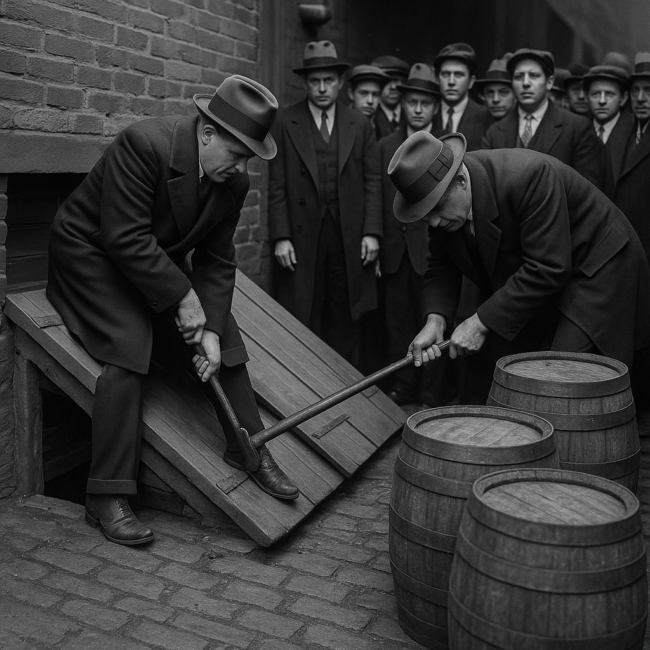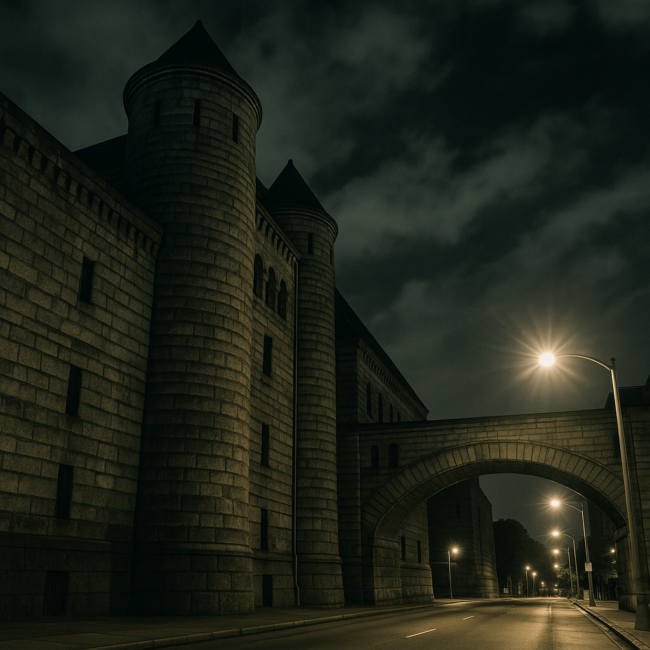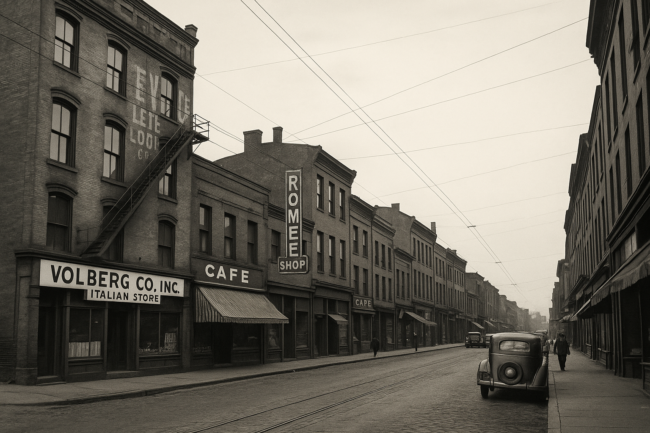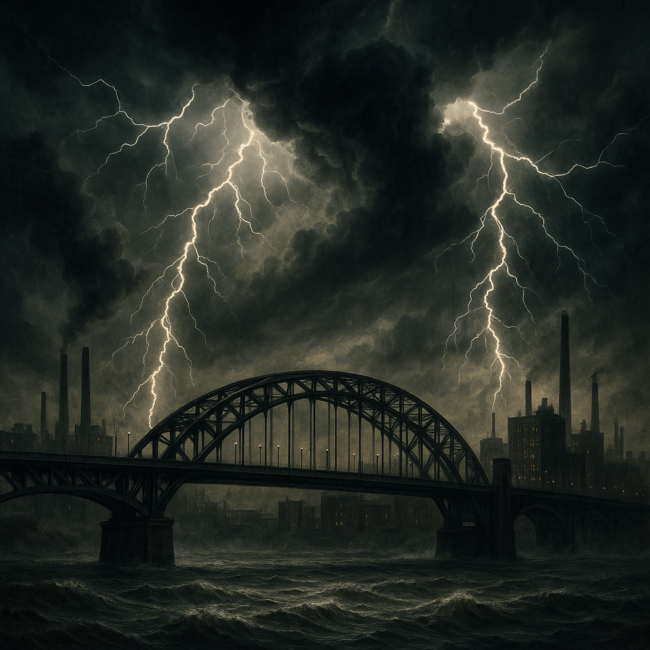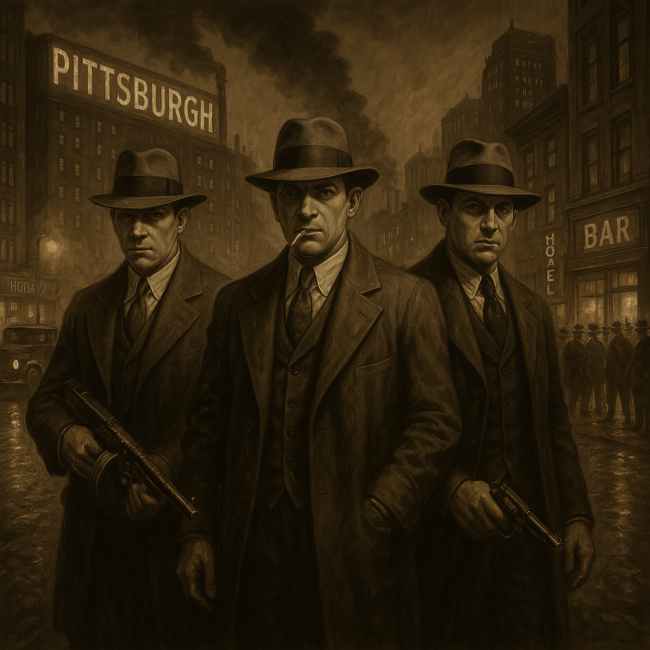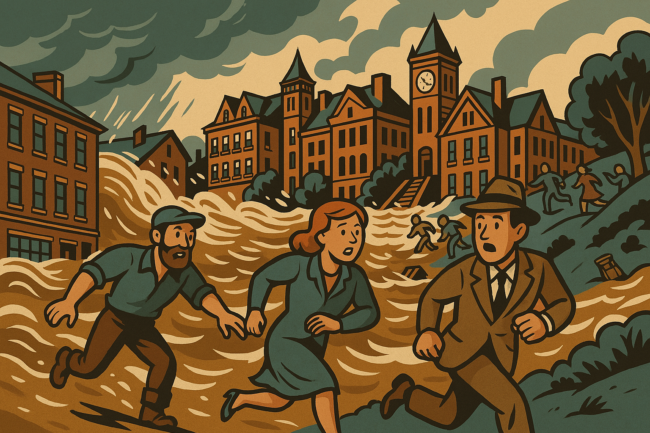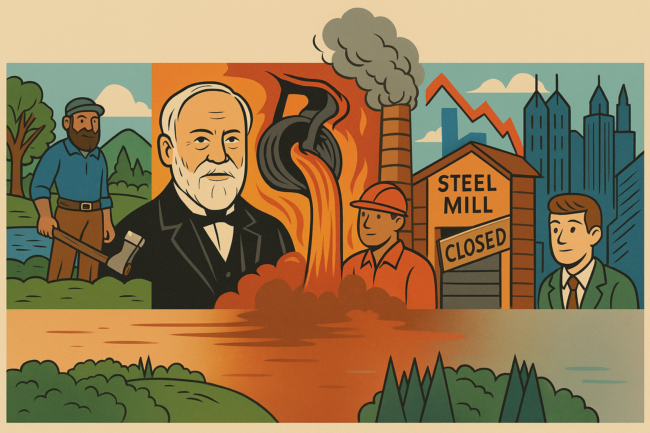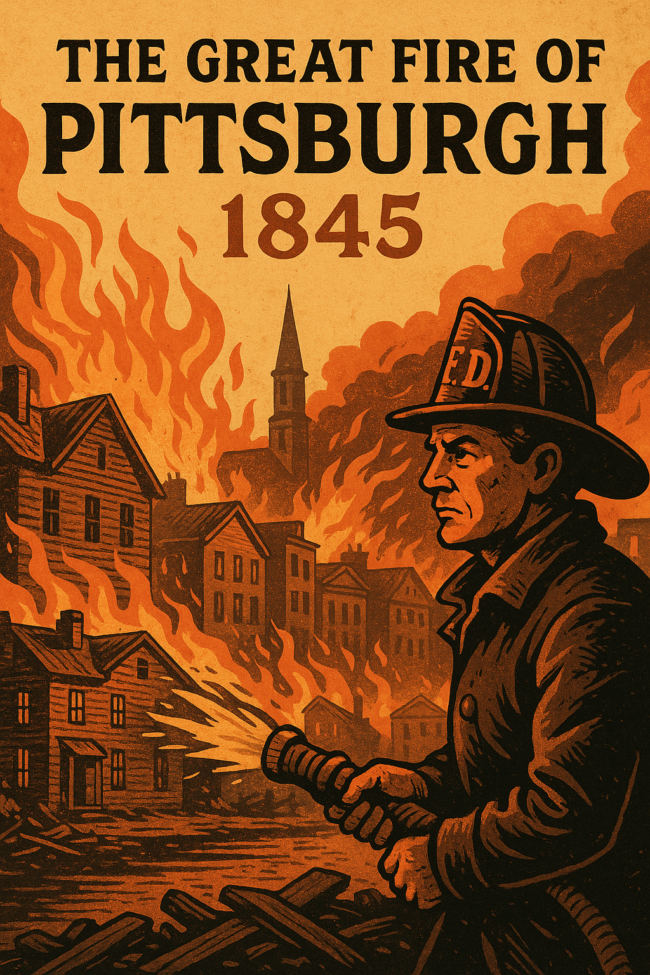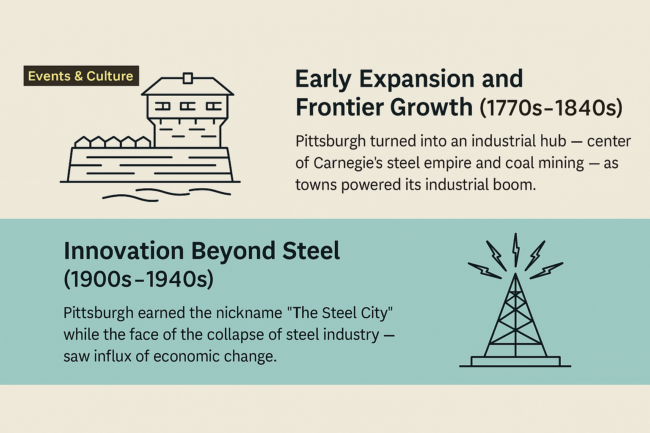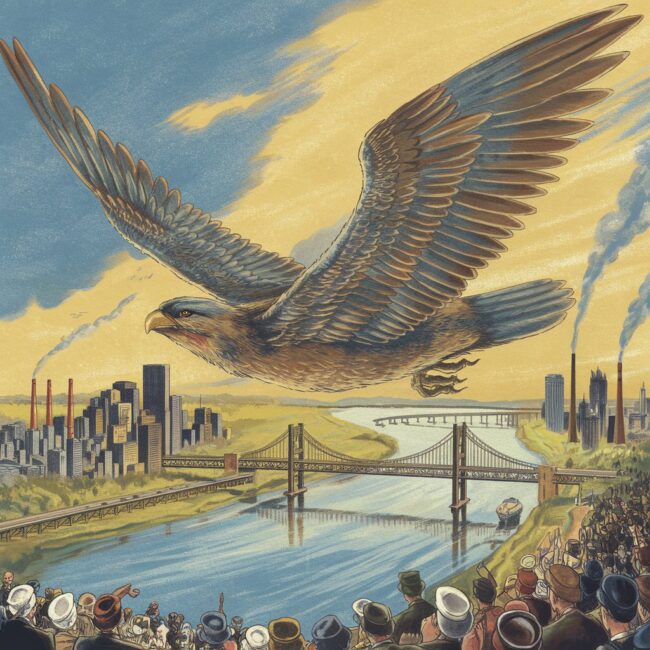Pittsburgh’s Role in Prohibition: Moonshine, Speakeasies, and Bootleggers
On a warm summer evening in 1919, throngs of Pittsburghers packed into saloons for what was billed as the “last call” before the dry law took effect . Strangely, the wild debauch many expected never materialized. “Everybody came to see everybody else get drunk,” the Pittsburgh Post observed the next day, “and nobody got drunk”…

